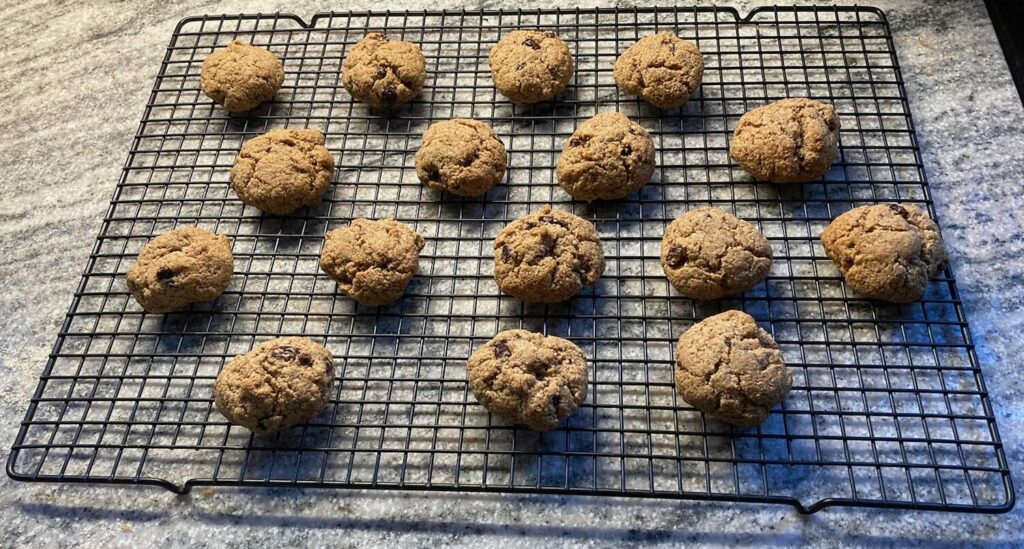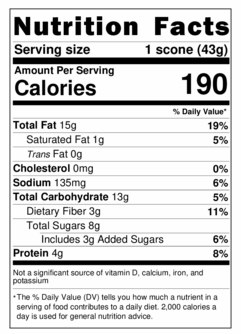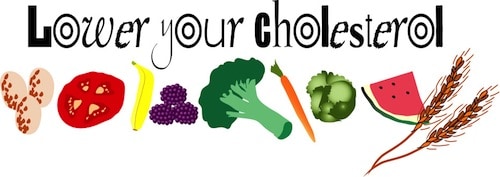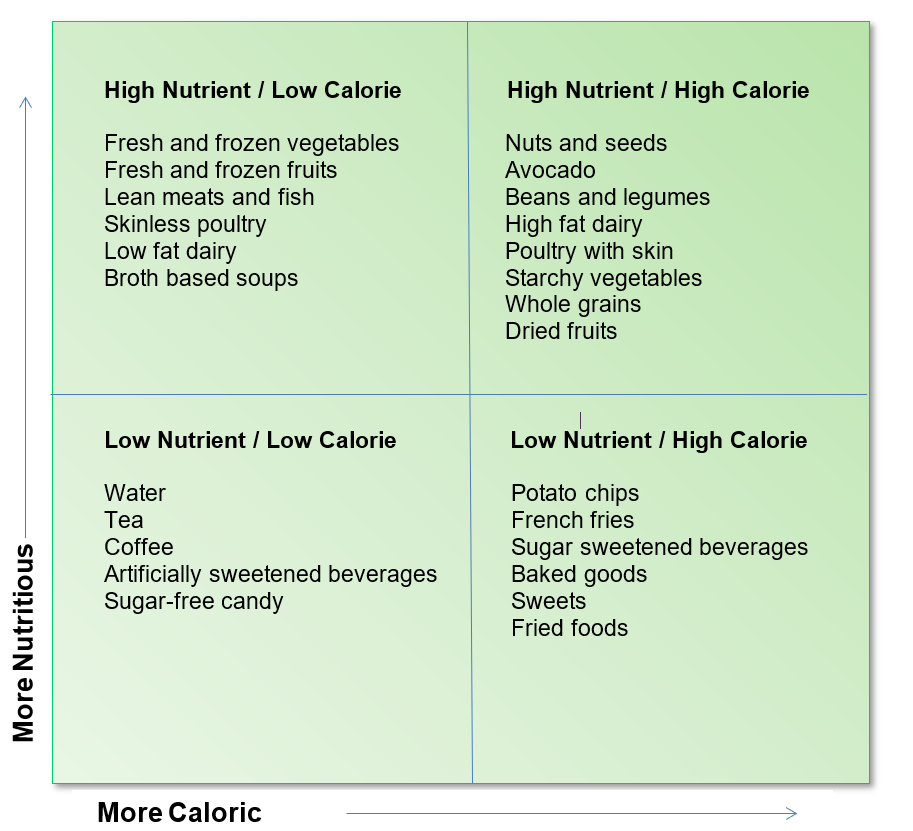I reviewed both Beyond and Impossible burgers back in 2019, shortly after their introduction to the marketplace. In the intervening 5 years, both brands have been refining their recipes, so I wanted to revisit this topic and tell you what’s changed. You can listen to my review here. Below, you’ll find a table comparing the two with lean ground beef.
| Nutrition | Impossible Beef | Beyond Beef | 80% lean beef | 90% lean beef |
|---|---|---|---|---|
| Calories (per 113g) | 230 | 230 | 287 | 199 |
| Total Fat | 13 g | 14 g | 23 g | 11 g |
| Saturated Fat | 6 g | 2 g | 9 g | 4g |
| Cholesterol | 0 mg | 0 mg | 80 mg | 73 mg |
| Sodium | 370 mg | 310 mg | 75 mg | 75 mg |
| Total Carbohydrate | 9 g | 8 g | 0 | 0 |
| Dietary Fiber | 5 g | 2 g | 0 | 0 |
| Protein | 19 g | 21 g | 19 g | 23 g |
| Calcium | 180mg | 120mg | 20mg | 13mg |
| Iron | 4.2 mg | 4 mg | 2.4 mg | 2.5 mg |
| Potassium | 670 mg | 370 mg | 305 mg | 363 mg |
| Vitamin B12 | 3 mcg | ? | 2.4 mcg | 2.5 mcg |
| Zinc | 5 mg | ? | 5 mg | 5 mg |
| Ingredients | Water, Soy Protein Concentrate, Sunflower Oil, Coconut Oil, Natural Flavors, 2% Or Less Of: Methylcellulose, Cultured Dextrose, Food Starch Modified, Yeast Extract, Soy Leghemoglobin, Salt, Mixed Tocopherols (Antioxidant), L-tryptophan, Soy Protein Isolate, Zinc Gluconate, Niacin, Thiamine Hydrochloride (Vitamin B1), Pyridoxine Hydrochloride (Vitamin B6), Riboflavin (Vitamin B2), Vitamin B12 | Water, Pea Protein*, Avocado Oil, Natural Flavors, Rice Protein, Lentil Protein, 2% or less of Methylcellulose, Potato Starch, Pea Starch, Potassium Lactate (to preserve freshness), Faba Bean Protein, Apple Extract, Pomegranate Concentrate, Potassium Salt, Spice, Vinegar, Vegetable Juice Color (with Beet). | Beef | Beef |




 The next
The next 
 Q. I have a friend who just quit smoking. He’s started to gain the typical weight and went into his local GNC yesterday to get some supplement that’s supposed to speed up his metabolism. He already has a fairly good diet. I told him he might be better off just letting his metabolism balance itself out, rather than substituting one stimulant for another. Any ideas on how he can naturally adjust better?
Q. I have a friend who just quit smoking. He’s started to gain the typical weight and went into his local GNC yesterday to get some supplement that’s supposed to speed up his metabolism. He already has a fairly good diet. I told him he might be better off just letting his metabolism balance itself out, rather than substituting one stimulant for another. Any ideas on how he can naturally adjust better?